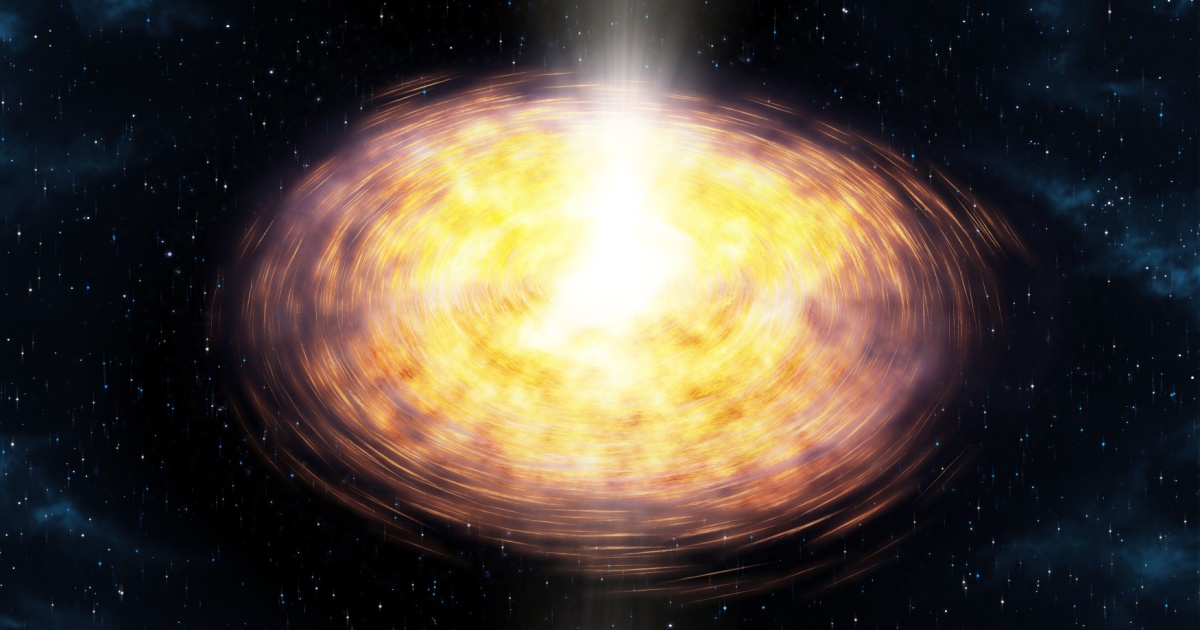
Shutterstock
The formation of stars is a festinating process that involves massive amounts of dust and gas slowly coming together in a process that speeds up as the main area gets so dense that the gravity is able to more rapidly pull the material in. These large areas filled with dust and gas are called protoplanetary disks, and once the object that becomes a star has sufficient amount of mass, it collapses under its own gravity. From there, the pressure can trigger nuclear reactions that stars are so well known for.
That dust and gas is made up of all sorts of different molecules. Astro chemist Kamber Schwarz from the Max Planck Institute for Astronomy (MPIA) in Germany explains:
“Our results suggest that protoplanetary disks inherit complex molecules from earlier stages and the formation of complex molecules can continue during the protoplanetary disk stage.”
At this point, the material that is close enough to the newly formed star (or still forming star) continues to get pulled in, adding to its overall mass. Some of that material, however, will get pushed away from the star from radiation pressure and stellar winds.

Shutterstock
Some of the material that is pushed away forms into its own bodies, which are the planets, moons, and other large objects that make that new solar system their home.
Researchers have been studying the protostar V883 Orionis, which is about 1350 light-years away, still going through that phase where the material is being pulled into what will become a star. They took advantage of the Atacama Large Millimeter/submillimeter Array (ALMA) in Chile to be able to study the area across a spectrum of light, which revealed that there are at least 17 distinct complex organic molecules present.
In the past, it was thought that these types of organic molecules (which are necessary for life as we know it) must have formed somehow after stars were born. This was a gap in knowledge when it comes to how life could form in the universe. The new finding, which was published in the Astronomical Journal, shows that these molecules are, at least in some cases, present before a star or planets ever form. As a new planet forms, it will already have many of these molecules there from which life has the potential to grow.

Shutterstock
MPIA astronomer Abubakar Fadul worked on the study, and explained:
“Our finding points to a straight line of chemical enrichment and increasing complexity between interstellar clouds and fully evolved planetary systems.”
Researchers hope that additional time can be spent looking at this forming star to learn more about how these molecules form and what happens throughout the process. Analyzing additional spectrums of light may also reveal that there are other types of molecules in the dust and clouds surrounding the protostar.
More study could answer more questions about how the conditions for life develop in the universe.
If you thought that was interesting, you might like to read about the mysterious “pyramids” discovered in Antarctica. What are they?
Categories: NATURE/SPACE
Tags: · astronomy, formation of life, molecules, new star, protoplanetary, protostar, science, single topic, solar system, space, top, universe

